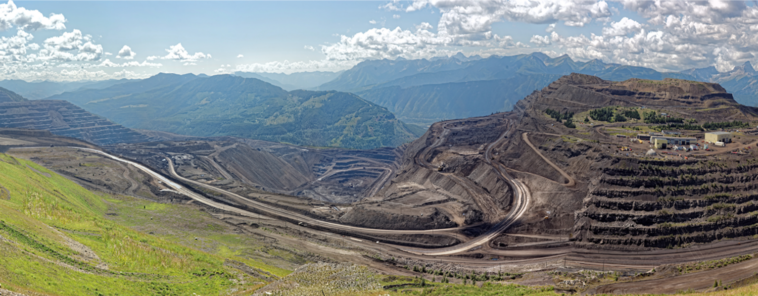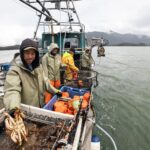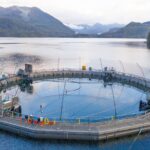By Natasha Bulowski, Local Journalism Initiative reporter for Canada’s National Observer
A new coal mine proposed in B.C.’s Elk River Valley highlights the need for a long-overdue cross-border investigation into water quality and an end to coal mining in the region, some environmental groups argue.
NWP Coal Canada’s proposed project would mine a “relatively small, shallow coal deposit” in the heart of the Canadian Rockies. The proposed project is dwarfed by Teck Resources’ five mines — four active and one inactive — in the Elk River Valley. They’re located in the Rocky Mountains of southeastern B.C., 60 kilometres from the Alberta and Montana borders. Decades of coal mining in this region continue to pollute the waterways with selenium, which flows into a human-made lake straddling the U.S.-Canada border into Montana.
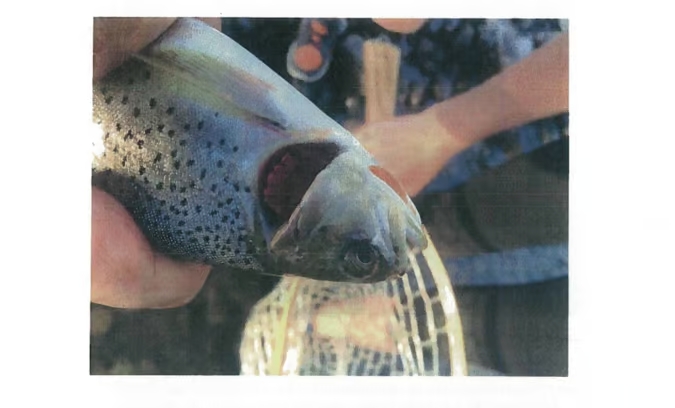
Given the scale of pollution from existing and past coal operations, “we can’t afford to be making the water quality issue worse … and allowing more mining to occur in an already mining-ravaged area,” said Simon Wiebe, mining policy and impacts researcher for Wildsight, a Kootenay-based environmental organization. Wildsight, the B.C. Wildlife Federation and Sparwood Fish and Wildlife Association all oppose NWP’s proposed mine.
A U.S. Geological Survey study released in November linked a large increase in selenium in the Kootenay River to the expansion of coal mines in the region. Selenium is toxic at higher doses, particularly to fish and egg-laying animals. To protect aquatic life, selenium concentrations should not exceed two micrograms per litre, according to B.C.’s guidelines. In Montana and Idaho, the guidelines are stricter at 0.8 micrograms per litre.
“The selenium contamination, first identified more than three decades ago, has continued to worsen, with no significant bi-national co-operation to protect the water or aquatic and human life.”
International Joint Commission
The Kootenay River flows into the Koocanusa Reservoir, which is split between northwestern Montana and southeastern British Columbia, creating a “strange sort of situation where there’s two different sets of standards being used in one lake,” said Wiebe.
Because the contamination transcends borders, concerned groups and First Nations have been asking the International Joint Commission (IJC) — tasked with resolving disputes about shared waterways between Canada and the U.S. — to investigate the water quality and long-term cumulative effects of the pollution. An investigation was first requested in 2012 by the Ktunaxa Nation, the Councils of the Confederated Salish and Kootenai, and the Kootenai Tribe of Idaho. Global Affairs Canada withdrew its support for an investigation in April 2022 despite broad support from the Biden administration, the U.S. Environmental Protection Agency, Idaho, Montana, First Nations and environmental groups in both countries. Shortly after Canada pumped the brakes, the IJC wrote to U.S. President Joe Biden and Prime Minister Justin Trudeau warning that this issue is “causing increasing conflict between interested parties and rights holders on both sides of our shared border.”
“The selenium contamination, first identified more than three decades ago, has continued to worsen, with no significant bi-national co-operation to protect the water or aquatic and human life,” the May 2022 letter reads. It said the selenium concentrations in Elk River, Lake Koocanusa and the Kootenai River exceeded state standards.
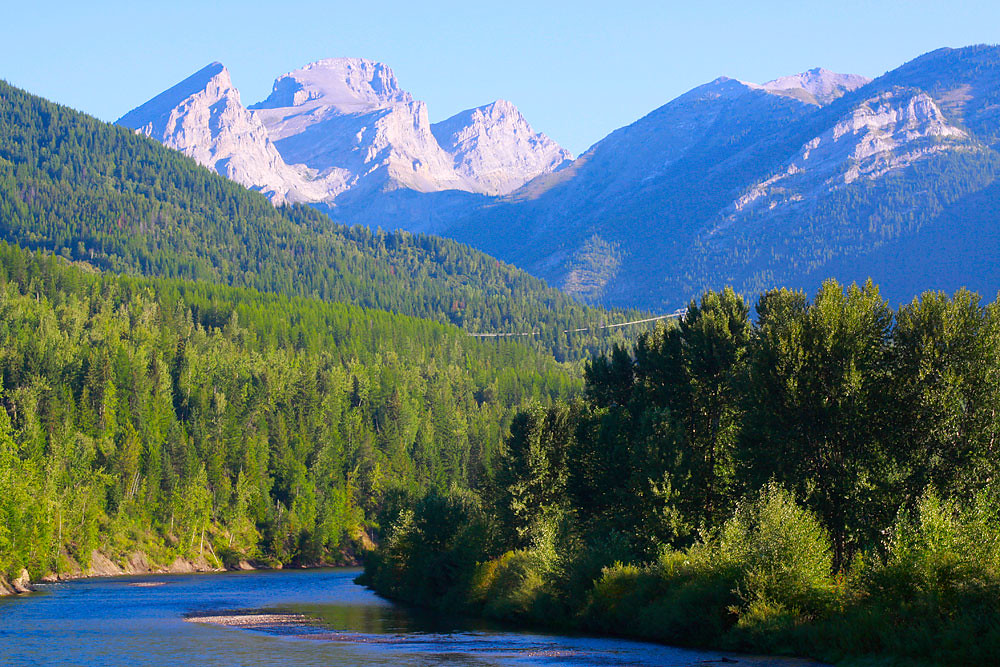
Last March, Biden and Trudeau’s joint statement said the two countries “intend” to reach an agreement to reduce and mitigate the impacts of water pollution in the region by summer. But summer came and went without a word. In November, Montana Sen. Jon Tester called for a joint investigation to go forward with or without Canada if it “remains unwilling to meaningfully engage on this issue,” Glacier Media reported in November.
For a long time, it seemed like B.C. was holding up the IJC investigation, said Wiebe. But the province changed its tune in the summer and now “it seems like the Canadian federal government is the one holding things up,” said Wiebe.
Environment and Climate Change Canada did not respond to Canada’s National Observer’s questions by deadline about the IJC and why no agreement was reached this summer.
NWP supports an IJC investigation into water pollution from the Elk Valley coal mines, Dave Baines, director of project development at NWP Coal Canada, told Canada’s National Observer in an interview.
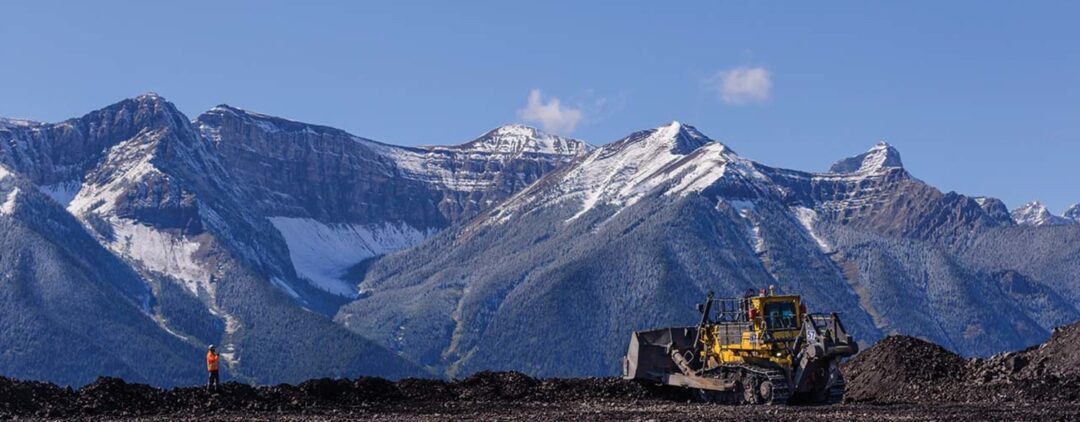
“What [Wildsight] is feeling is broken trust with the government. They think the government will approve us even if we’re contaminating,” said Baines. “We want to assure everybody, that’s not what we want.” He thinks an IJC investigation could help rebuild trust and “may shine a light on the changes going on and how we do better.”
NWP will be held to far tighter standards than the legacy and existing operations in the area, said Baines. Teck Resources’ permit allows selenium levels to reach up to 70 micrograms per litre in some tributaries, while the province’s limit is two micrograms to protect aquatic life and 10 micrograms for drinking water. B.C.’s guidelines are not legally binding. NWP will have to abide by Canada’s Coal Mining Effluent Regulations for new mines. The regulations are still being finalized and may change, but the most recent draft proposed a limit of 10 to 20 micrograms of selenium per litre. These measurements will be taken “from the pipe,” meaning from the point where treated water is discharged, instead of from the river, as is the case for Teck Resources, Baines pointed out.
“That’s like saying, ‘I’m getting measured at my exhaust pipe on my car and they get measured on the smog level in the town,’” he said.
“There’s so much coal mining going on in the Elk Valley already. There’s so many water quality issues here, dust issues, habitat loss issues. These are struggles that we’re going to continue to have for the foreseeable future.”
Simon Wiebe, Mining Policy and Impacts Researcher for Wildsight
NWP says its new technique to deal with waste mine rock will reduce the amount of selenium released into the waterways. Typically, waste rock from coal operations is dumped over the nearest ridge, where it tumbles downhill, kicks up dust and eventually settles on the hillside and is exposed to wind and precipitation that creates the “perfect condition” to release selenium, said Baines. NWP said it will keep its selenium-rich waste rock dry under tightly packed layers of waste coal, tailings and plant material. Baines acknowledged this approach is unproven but noted the management plans will also include water treatment, the details of which are currently being developed.
“I think it will reduce selenium release, but it’s not going to eliminate it,” said Wiebe. “And at the end of the day, that’s all that really matters in this context.”
“Given the company plans to deposit its waste rock on top of what is currently West Alexander Creek, it is extremely unlikely it will be able to maintain dry conditions,” he added. “There’s so much coal mining going on in the Elk Valley already. There’s so many water quality issues here, dust issues, habitat loss issues. These are struggles that we’re going to continue to have for the foreseeable future.”
NWP Coal Canada’s Crown Mountain coal coking project is being examined by the federal Impact Assessment Agency and B.C.’s Environmental Assessment Office. The public comment period closes on Feb. 28.
This story by the National Observer is republished here under the terms of the Local Journalism Initiative.
Natasha Bulowski, Ottawa Insider, February 23rd 2024


